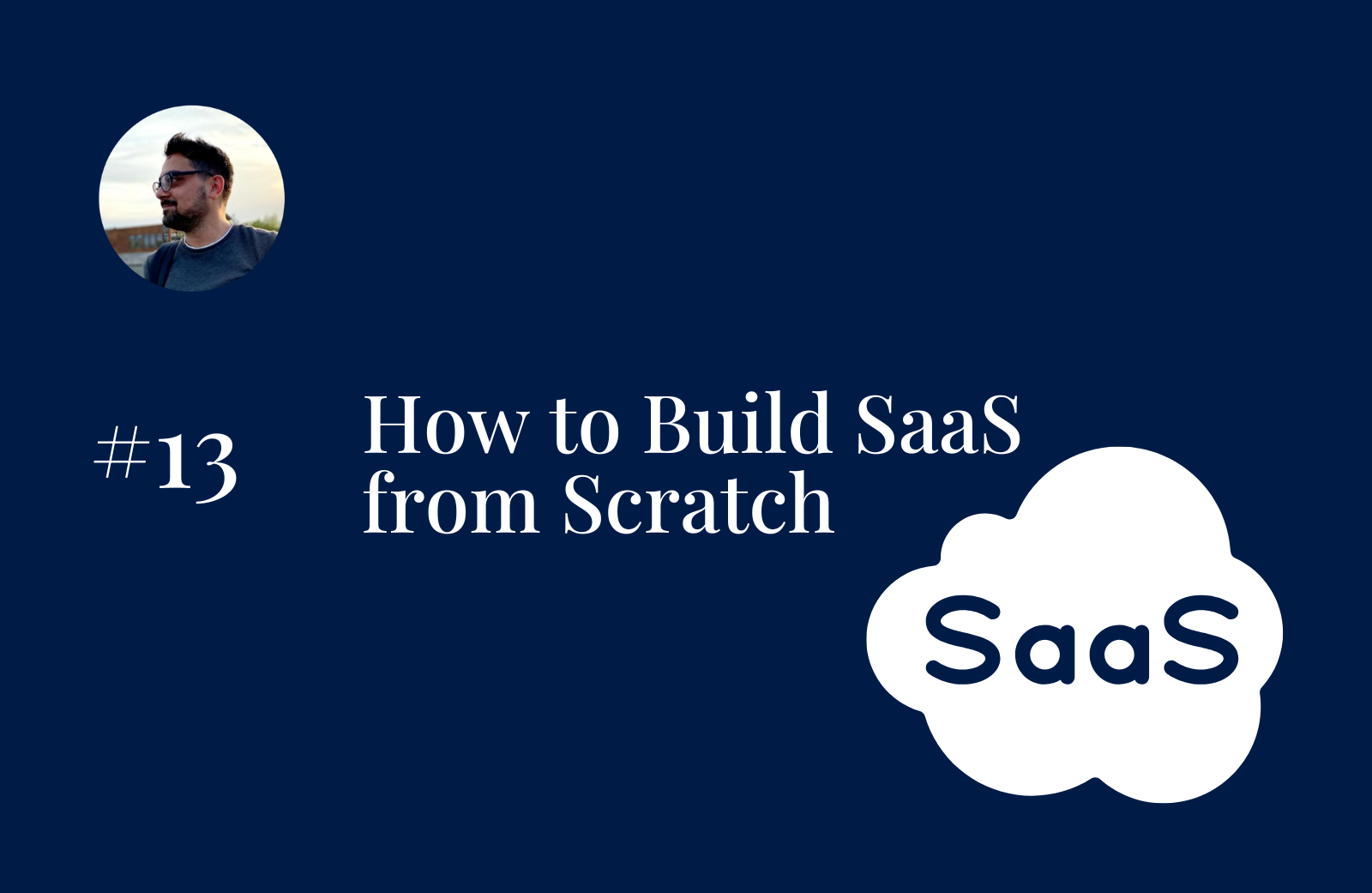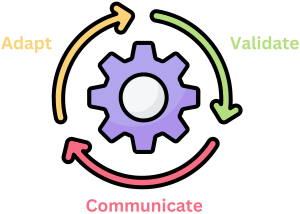
10 Jul How to Build SaaS from Scratch
Jul 10, 2024
If you’re looking to start a business and wondering about the initial steps, this read will guide you through eight simple steps.
Step 1: Unfair Advantage
For your startup to succeed, you need an unfair advantage over your competitors and the market. Here are four powerful advantages:
Network
The network of people you know can serve as a substantial advantage. Founders, influencers, and investors in your circle can form the backbone of your business when it comes to investing, promoting, and supporting you.
Building a network requires time and effort, as it can take months or even years to cultivate. This process often involves attending live events and being active on social media.
Audience
Your audience comprises people who are willing to use your product and pay for it.
Your audience could be subscribers to your newsletter, followers of your YouTube channel, or customers using another one of your products.
Timing
Consider this quote:
``In a TED talk, Idealab founder Bill Gross explained that he studied 200 companies. Some had tremendous success, and some failed, despite having the right team, a vision and a strong business model. In 42% of cases, timing proved to be what determined the companies’ failure or success.``
- Forbes ``Successful Entrepreneurship: It’s All About Timing`` published on Aug 8, 2022
Team
If you want to build a product that stands out, be sure to have the right team with diversified skills – not just great software engineers, but also excellent salespeople.
Step 2: Solve a Problem
Define the problem your product or service solves. It should be simple and easy to understand.
If you come to me and start outlining the features your product provides, in reality, I’m not primarily interested in that. What I care about is the problem your product or service solves.
Here are a few examples:
- We assist people relocating to another country by facilitating easy access to insurance numbers and the healthcare system.
- We offer a wearable device for pets that monitors their health and location.
- We provide an online platform that enables the purchase of a cup of coffee or tea from anywhere in the world.
Step 3: Find a Solution
Brainstorm with your team about how you can solve the customer’s problem.
Think outside the box. Sometimes, it may not even be necessary to write software; creating a physical product might be the solution instead.
Once you have a potential solution in mind, before proceeding, consider the following: How does your solution solve the problem differently compared to your competitors?
If we both develop the same product, there’s no way for the customer to distinguish between us. To stand out, you need to be different.

Step 4: Talk to Potential Customers
The best way to gauge if you’re heading in the right direction is to present your idea to people and observe their reactions.
I’ve said this before. When discussing your concept, avoid leading them by asking if they like your product or not (also known as priming). Simply present your idea and watch their response.
You can use your network and brainstorm your ideas. I’ll touch on this topic later in my newsletter, but for now, I can share my experience. Brainstorming is an incredibly powerful tool.
Expanding the horizon to new ideas and solutions through brainstorming is an unbelievably potent technique.
Step 5: Build a Landing Page and Collect Emails
Do not start building your product before you have a landing page in place.
The landing page is a single web page where you present your idea and encourage people to sign up for early access to your product. Once this is set up, you can run your marketing and advertising campaigns while you develop your Minimum Viable Product (MVP).
Step 6: Build Your MVP
Build a simplified version of your product with a minimum list of features that can be developed quickly and effectively to solve the customer’s problem.
It’s not necessary to write code. You can utilise existing tools on the market to automate the initial version of your product. You can use products like Airtable, Zapier, Google Sheets, Zoom, Make, etc.
In some cases, you may be able to perform the whole process manually at first and build the software later.
Remember, the goal at this stage is not to build the final product, but to test your core idea.

Step 7: Iterate
Communicate with customers, and find out how they feel about your product, what they like, and what they would like to see improved.
Adapt your product.
Validate the new hypotheses.
Repeat the process.
The goal: Determine if there are people whose problems are being solved by your product and if they are willing to pay for it.
Step 8: Soft Launch
If you have an audience of 10,000 people, do not present your product to all of them at once. Instead, divide them into groups and unveil the product in stages. Each stage represents a new iteration. This way, every subsequent group of people will join the platform for the first time, experiencing the enhancements made based on the feedback from the previous group.
Final Words
Don’t offer lifetime access or substantial discounts.
If people don’t pay for your product, they won’t value it.
If users are sticking around simply because you’ve given them free access, then you’re not validating your product, you are a charity.
So, remember to charge!
Key Takeaways
- There is one critical takeaway here. It is better to attempt than to avoid trying. It’s preferable to risk failure than to remain in safety and not try at all.
